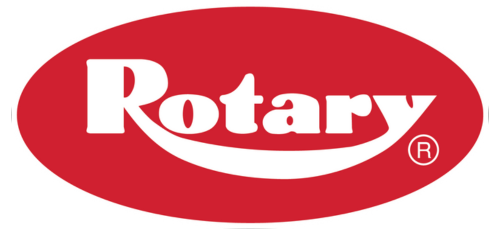It’s no secret that maintenance costs are an important factor for fleets. In fact, according to a study from the American Transportation Research Institute, maintenance expenses account for 9 percent of total motor carrier costs. That works out to about 15 cents per mile, which is almost as much as the cost of leasing or buying the vehicles (16 cents per mile, on average). That’s some real, hard evidence that shaving costs in the shop can have a big impact on the business as a whole. It’s also evidence that efficiency in the heavy duty shop is essential.
Encouraging efficiency at the maintenance and repair level will have a ripple effect that falls right to the bottom line. If this is something your shop needs to work on, here’s how to get started: 
Choose Your Equipment Wisely
Every aspect of the repair process adds or subtracts from the total time it takes to finish the job. Using equipment that’s well-built, reliable and speedy will make each step that much quicker. For example, setup for the MCH18 Rotary Mobile Column Lift is 30 percent faster than competitor models, and Schneider National Regional Maintenance Director James Enright reported a 10 to 15 percent savings in overall drive line repair cycle times after moving to the Rotary lifts. Keeping efficiency in mind in all your equipment purchases will help your technicians work smarter and faster at every step.
It might be possible to make do with equipment that’s outdated or not quite up to par, but it could be costing you more than you think. Along with possible safety issues, extra steps involved in workarounds can add to the repair timeline quickly, and that will ultimately cost you money.
Get Everyone Involved
Efficient equipment is only as efficient as the people who run it. The key to encouraging a certain mindset among employees at a heavy duty shop is the same as it is in any business. Get them on board with the overall goal. Help them to see the impact their day-to-day actions have on the health of your shop, the company and their job. Starting at the bottom and trying to make each step more efficient can get exhausting. Start from the top. Build a culture of efficiency that starts with a larger understanding of the importance of saving time.
At a more granular level:
- Lead by example. By-and-large, technicians will follow the lead of their managers. Make sure you rmanagers are demonstrating the importance of time management every day, and consider efficiency when looking to promote or make new hires.
- Recognize great work. Rewarding and recognizing the type of behavior you want to see goes a long way toward encouraging it.
- Make policies around efficiency. When you want something to be part of the fabric of your safety – keep both in mind when setting up procedures and requirements.) What about the overall way you run your jobs adds or takes away from efficiency? That leads to our next point.
Look Carefully at Your Processes
If efficiency is a problem at your shop, it might be time to take a close look at your current process. Explore if there’s something in the system that’s creating a bottleneck or if there are small time costs at each step – aka death by a thousand paper cuts. Ask yourself:
- Is there something in the initial repair request that’s getting things started on the wrong foot? Are technicians getting the right information at the right time?
- Is work being balanced properly? Or are some techs working frantically while others wait for work?
- If there’s a bottleneck, what’s the holdup? Can it be fixed with more training or better equipment?
- Is manpower a problem or is motivation the issue? Can you find a way to address one or both?
Most shop managers understand the importance of getting vehicles repaired quickly and correctly. When you set up processes and policies to reflect that, you technicians will come to understand it, as well.
Wondering which lift will help you have a better-run shop? Our Heavy Duty Resource Guide can help.
{{cta(‘b8cf1814-3102-4e80-b1e7-c03448a8273f’,’justifyright’)}}
